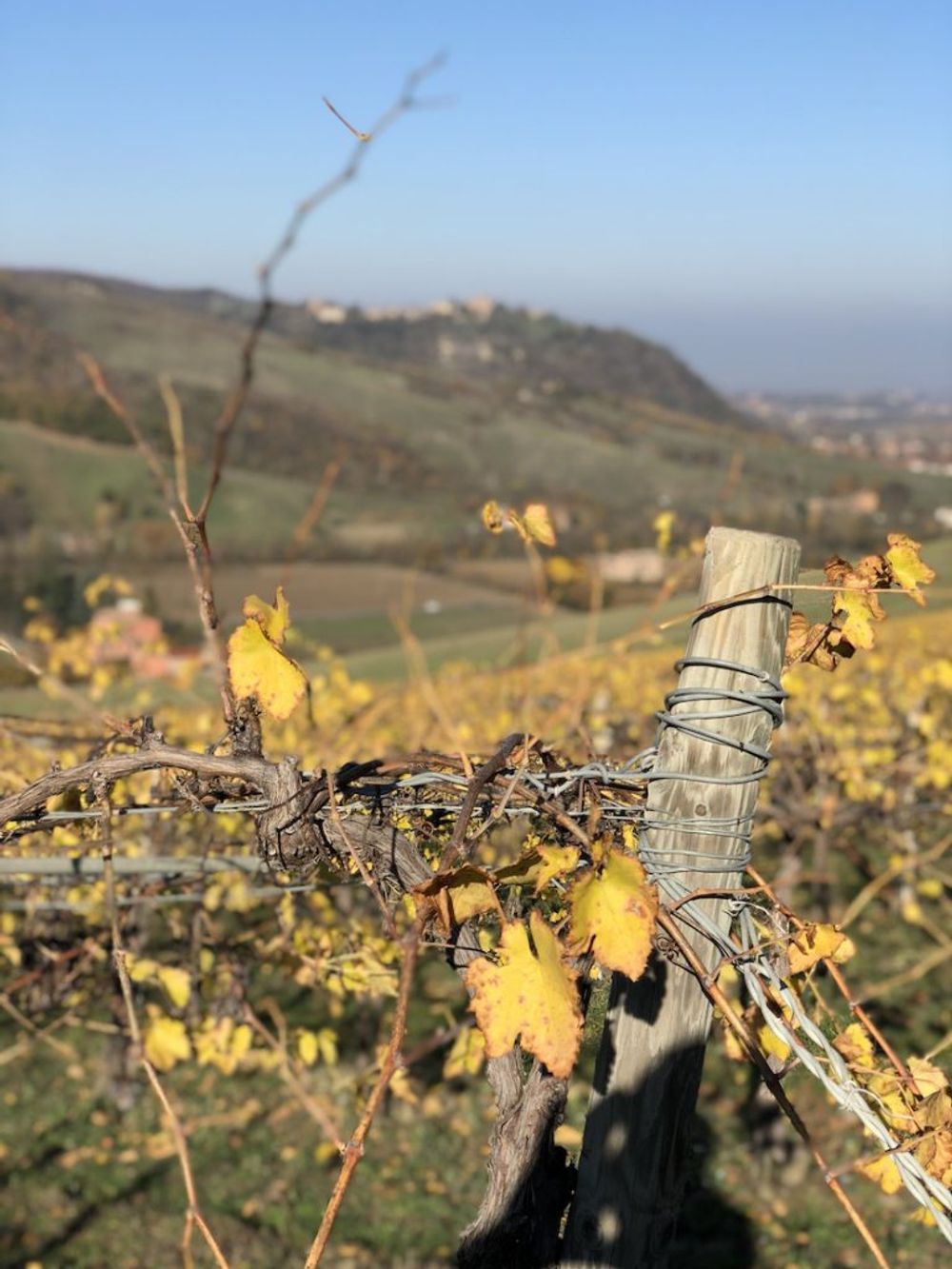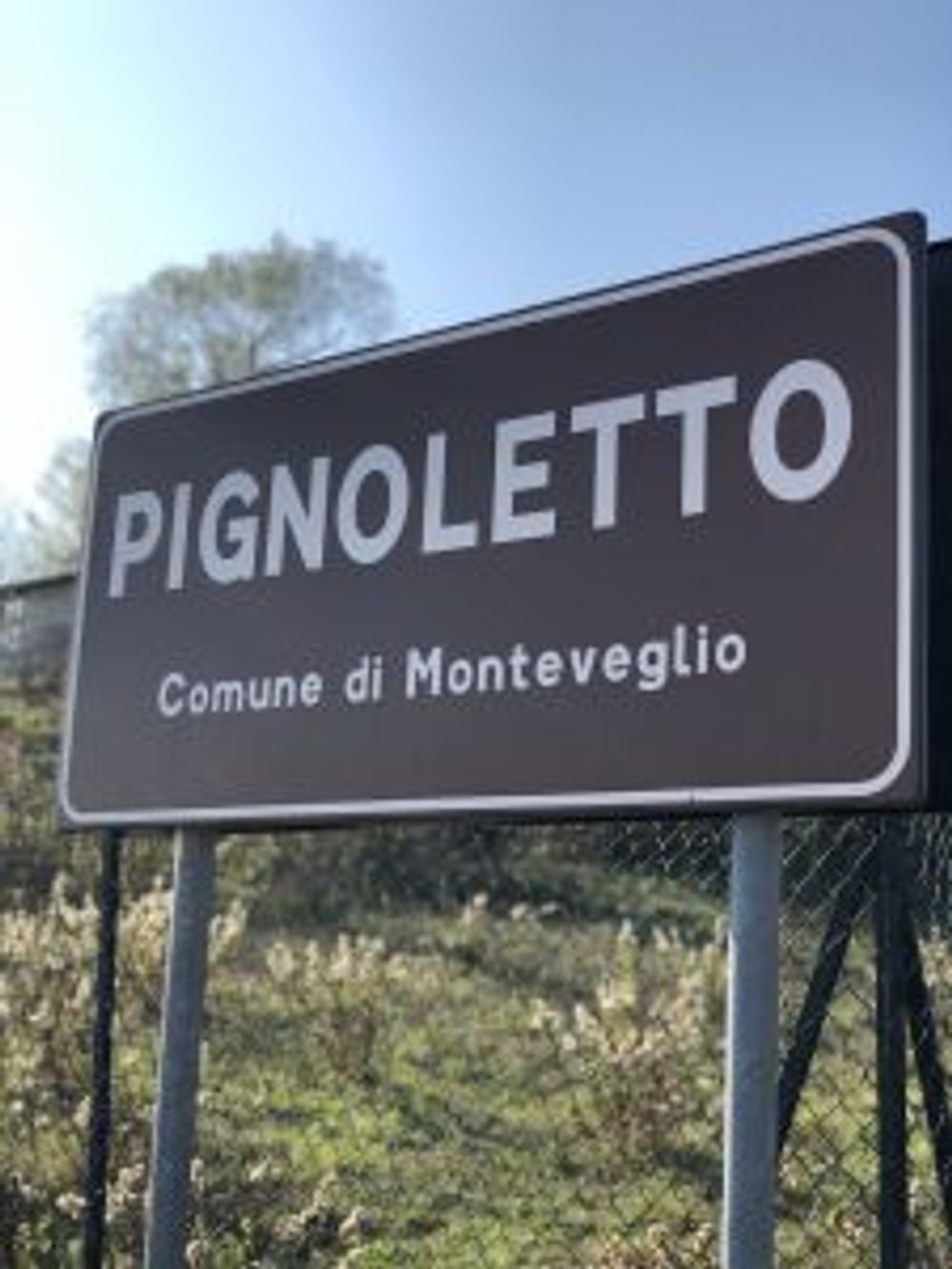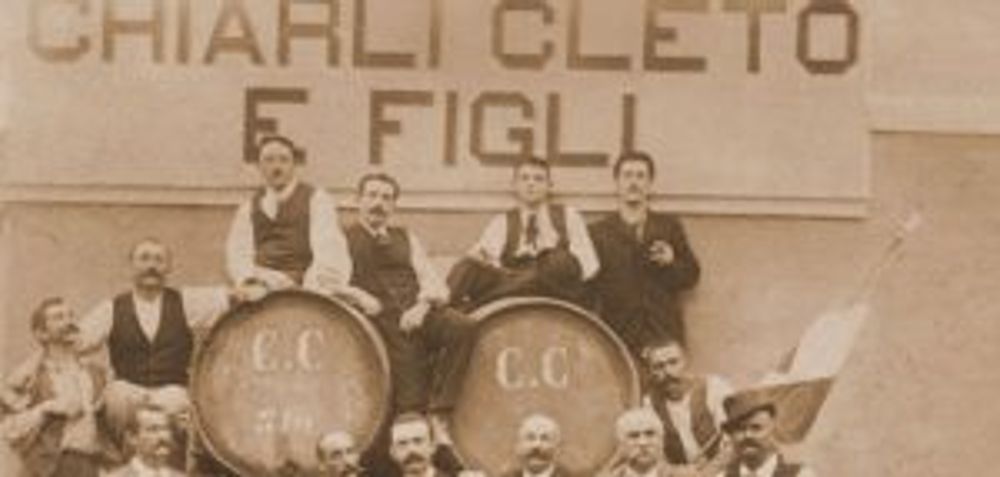Renowned for its rich, often decadent contribution to Italy’s illustrious food culture, could Bologna soon find itself just as famous for Pignoletto its signature sparkling wine?

Pignoletto might not trip off the tongue in the way that Prosecco does, but the global appetite for affordable sparkling wines, coupled with what is almost certainly a superior grape variety, suggest that it soon might.
Just as most people think of Prosecco – rather than Glera, its grape variety – Pignoletto is actually Grechetto Gentile – also known locally as Alionzina, just to add to the confusion. Pignoletto takes its name from ‘Pigna’, the Italian for pine cone, on account of its small, tight grape clusters, and (unlike Glera) it also produces some distinctive still wines.

With the snow-capped mountains of the Apennines in the far distance, the small village that bears the name Pignoletto is surrounded by 1500 hectares of rolling hills that form a wider DOC, with a smaller DOCG at its heart.
Altitudes range from 150 to 600 metres and steep slopes of limestone tear away from the winding roads that link its small settlements. Alongside the vines, there are pastures for livestock, with heavy clay in evidence everywhere.
The hills around Bologna are part of the wider Emilia Romagna region, which follows the course of a Roman road, linking the Adriatic coast at Rimini with the ancient city of Piacenza, near the border with Liguria. The Via Emilia’s wine map carves its own distinctive path: Sangiovese and Albana dominate the East, while the often wildly different sub-varieties of Lambrusco are in the West. Pignoletto sits in the middle, as Bologna’s beacon.


A rich tradition of Pignoletto production: Cantina Cleto Chiarli 1880
The ‘Consorzio Vini Colli Bolognesi’ was established in 1971 and boasts an eclectic membership, ranging from small artisanal growers in the DOCG, to four huge wineries that together make 90% of the DOC’s wines. Pignoletto’s sparkling wines account for the overwhelming majority of production: a whopping 99% of the DOC’s output and 80% of that in the DOCG.
On a much smaller scale, the region also makes whites from Chardonnay, Sauvignon Blanc and Pinot Blanc, and reds from Cabernet Sauvignon – the primary grape in ‘Rosso Bologna’ – Merlot, and Barbera, which also spawns a niche red fizz to rival an Aussie sparkling Shiraz.
As if Pignoletto didn’t dominate the region already, the Colli Bolognesi’s growers are staking their future on the world’s love affair with Tank Method sparkling wines, converting a further 400 hectares to Grechetto Gentile, which should result in a production increase approaching 40%.

Yet, despite all this, Pignoletto remains David to Prosecco’s Goliath. Output, at around 11 million bottles per year, pales by comparison with the 400 plus million produced by its bigger rival.

Francesco Cavazza Isolani
The Colli Bolognesi’s charismatic President Francesco Cavazza Isolani acknowledges that Prosecco has become “a shorthand, for sparkling wine”. He insists “Pignoletto is not going to threaten the Prosecco market, merely tickle it” and insists his fellow producers are “not direct competitors”. However he can’t resist a gentle dig, pointing out, “You don’t find Glera as a still wine. Pignoletto lends itself to this. It is better grape variety in the mouth, with greater length”.
So how does Pignoletto measure up, as Prosecco’s precocious cousin?
Well, having tasted around forty different Pignoletti, I definitely prefer it. For a start, it has a different feel – almost 80% of Pignoletto is frizzante, rather than spumante, resulting in softer, rounder, frothier bubbles. On the nose, it’s similar – gently perfumed, with jasmine blossom and delicate peach aromas. In the mouth, it’s a little drier than Prosecco, with relatively simple citrus and green apple flavours and a slightly longer finish.
Almost all Pignoletto is Charmat method (the Italians prefer to say Martinotti, of course), with much of the DOC’s output at a competitive price point, similar to Prosecco. Cantina Riunite is the major player: a co-operative boasting 350 members in the production zone, it produces four million bottles of Pignoletto per year, much of it ‘own label’ for supermarkets, including Sainsbury’s and Tesco in the UK.

It is, however, arguably the region’s artisanal winemakers who are laying down a marker for Pignoletto’s future, offering ‘Pet Nat’ alternatives that are interesting, dynamic and different. The most exciting wine I tried on my recent visit was from Vigneto San Vito’s Federico Orsi, who uses his Grandfather’s techniques to produce a delicious biodynamic, ancestral-method Pignoletto, which goes through its second fermentation, spontaneously, in bottle and then remains undisgorged.
The consortium is keen to develop these different, non-interventionist styles, encouraging more experimentation from its members and setting the goal of moving the entire DOCG organic within the next couple of years.
So could Pignoletto one day trip off our tongues as Prosecco does now? The President believes it’s a matter of time: “We all know Prosecco, Franciacorta is increasingly well known, Pignoletto is still being understood”.
FOUR PIGNOLETTO WINES TO TRY:
Villa Cialdini Pignoletto Brut (Liberty)
With pear and light floral aromas and persistent gentle bubbles, this is simple but refreshing.
Cevico Colli di Imola DOC Pignoletto (Hallgarten, Druitt & Novum)
Classic frizzante style, resulting in a delicate sparkle, with citrus blossom and apple, it is soft and rounded.
Cantina Cleto Chiarli Pignoletto Brut (Enotria&Coe)
This spumante has crisp green apple and a hint of bitter lemon and ginger, with a refreshing, bright sparkle.
Orsi Vigneto San Vito Pignoletto Frizzante Sui Lieviti (Tutto Wines)
This ancestral method Pignoletto goes through its second, spontaneous, fermentation in bottle and isn’t disgorged after around two months lees ageing. The bottle needs a turn upside down before opening its crown cap, to reveal complex, yet refreshing, bruised apple and apricot flavours and a soft, pleasing sparkle. Highly recommended.
David Kermode is a writer, wine host and regular broadcaster with BBC Radio and is the founder of vinosaurus.co.uk
































